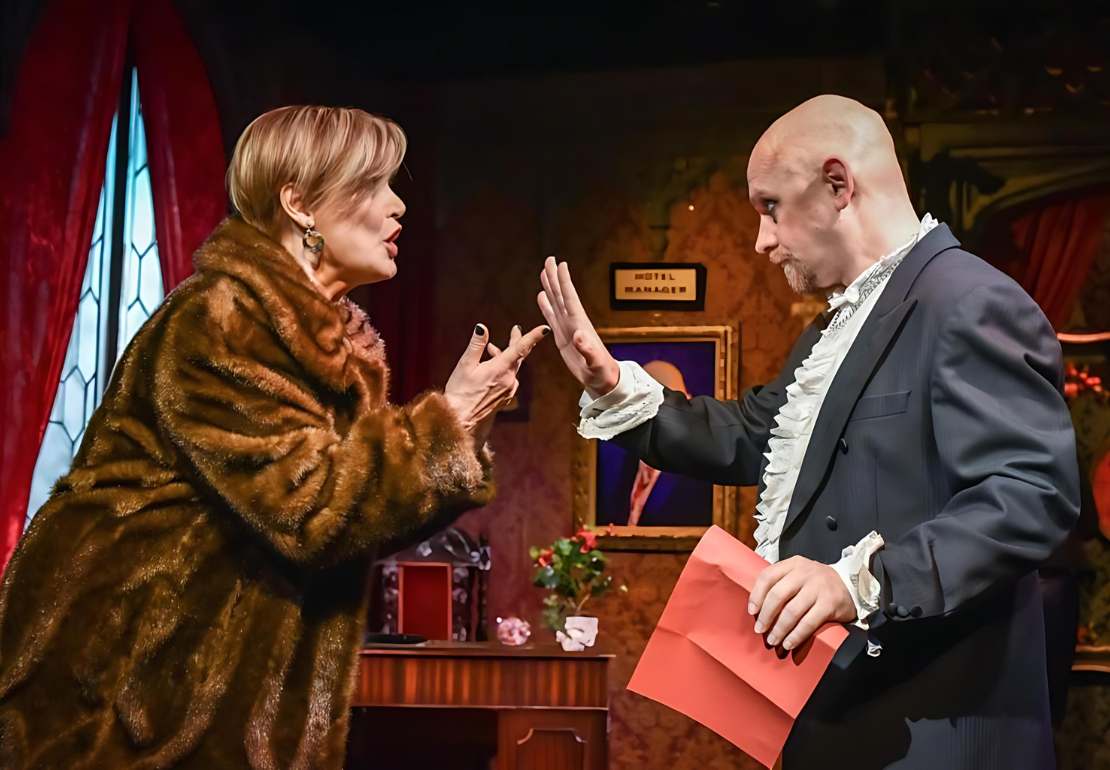
I went to the theatre last month to see our Chief Client Officer, Rose, playing Mistress Overdone in a contemporary production of Shakespeare’s Measure for Measure.
In this timeless tale, Angelo, the authoritarian and temporary Duke of Vienna, unjustly condemns young Claudio for – what we’ll call – a ‘minor offence’ with capital punishment. As the plot unfolds with its rich tapestry of drama and humour (the real Duke in disguise, Claudio’s virtuous sister facing an ethical dilemma to save her brother, and a messy society with little adherence to the rules), I couldn’t help but draw parallels to the challenges we encounter in comms.
Enter stage left a well-meaning PR agency asked to sell-out to the metrics of performance marketing to avoid a grisly end (a bit dramatic, but you get my point).
While effective measurement of PR’s impact on a business’ bottom line has historically been challenging due to its place within the broader marketing landscape and position at the top of the sales funnel, the industry has made significant strides to meet client measurement expectations. And over the past year, Propeller has made substantial investments in measurement tools and training to validate the value of our work and empower our clients to champion these successes within their organisations. This thinking now sits across all our services in owned, earned and bought media:
- Adopt a robust framework: It’s all in the planning (something Claudio should have realised). We adhere to the AMEC framework, meticulously mapping communication activities from objectives to their impact on each of our client’s businesses. It’s vital to move beyond measuring outputs by adding meaningful outcomes and impacts. The AMEC framework helps us tell a meaningful measurement story.
- Leverage reputable measurement tech platforms: Claudio uses his virtuous sister Isabella – a novice nun – to make his case. For us, partnering with trusted platforms enables us to present results in diverse ways, from traditional metrics like reach and share of voice to more nuanced measures such as website analytics and sales data correlation.
- Explore AI experimentation: When Isabella’s approach to Angelo escalates into a #meToo episode, she and the real Duke start to think laterally. AI helps us to do the same: we’ve started experimenting with bots like Poe and ChatGPT to forecast audience responses to communication initiatives based on past online engagements, offering intriguing insights despite AI usage’s early stages.
- Encourage a culture of curiosity: The Duke in disguise keeps probing to find answers. Similarly, we encourage our teams to be curious and explorative about the success of our work, asking the right teams the right questions to connect the dots from comms to business results.
- Present results in the most compelling way: The whole drama reaches its inevitable Shakespearean climax with real motives revealed, justice delivered and everyone (well, almost everyone) reconciled. Recognising the time constraints faced by client teams, we’ve crafted engaging presentations that underscore the tangible impact of PR investment, illustrating its connection to broader business objectives.
Just as Shakespeare masterfully weaved together the complexities of human nature in Measure for Measure, we too navigate the intricate landscape of effective measurement, striving to illuminate the value of our craft in a compelling and impactful manner.
But where does Rose’s character, Mistress Overdone – brothel owner, prominent figure in the Vienna underworld and captivating, flamboyant presence on stage come into all of this? I like to think of her as AVE.